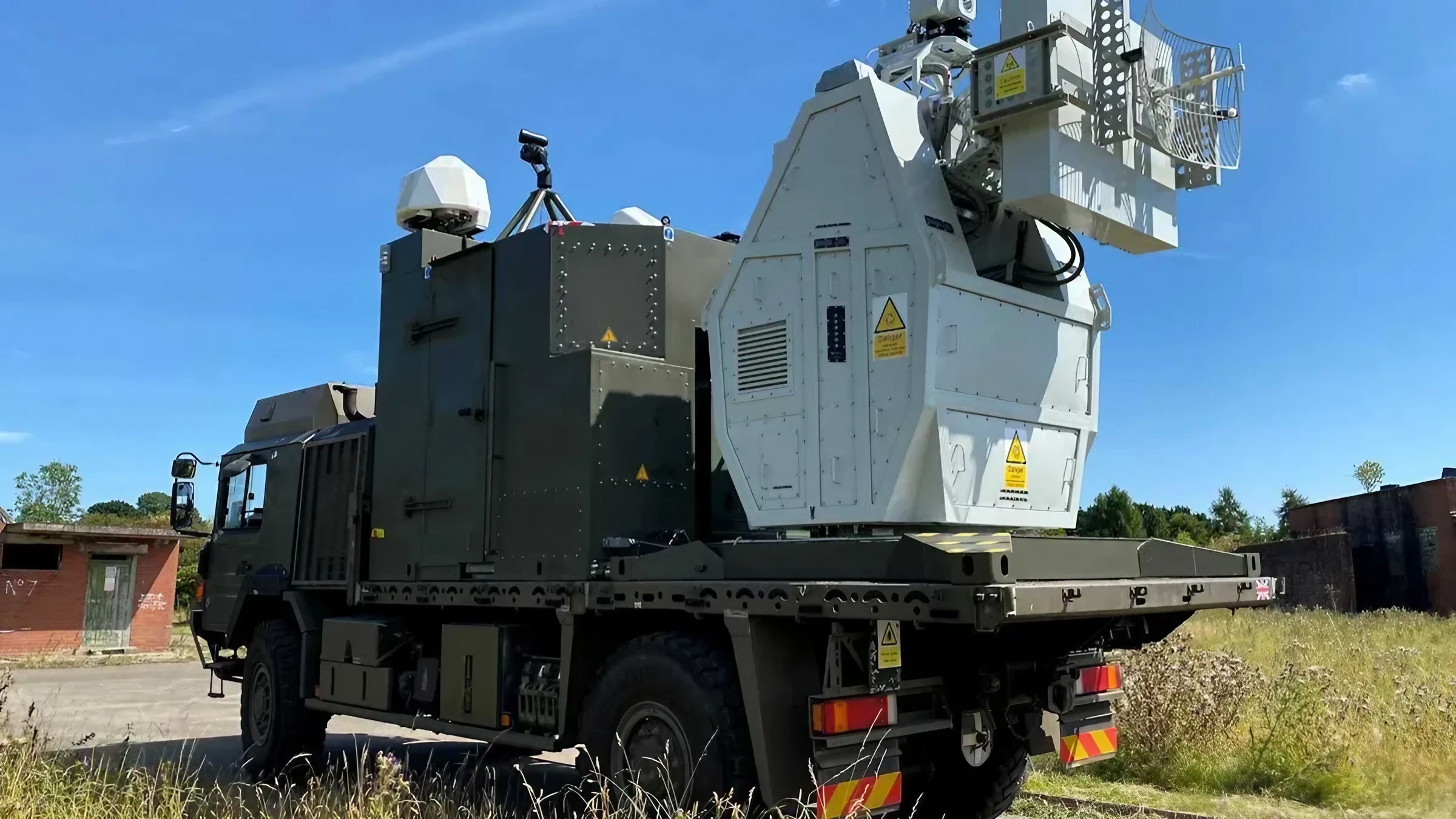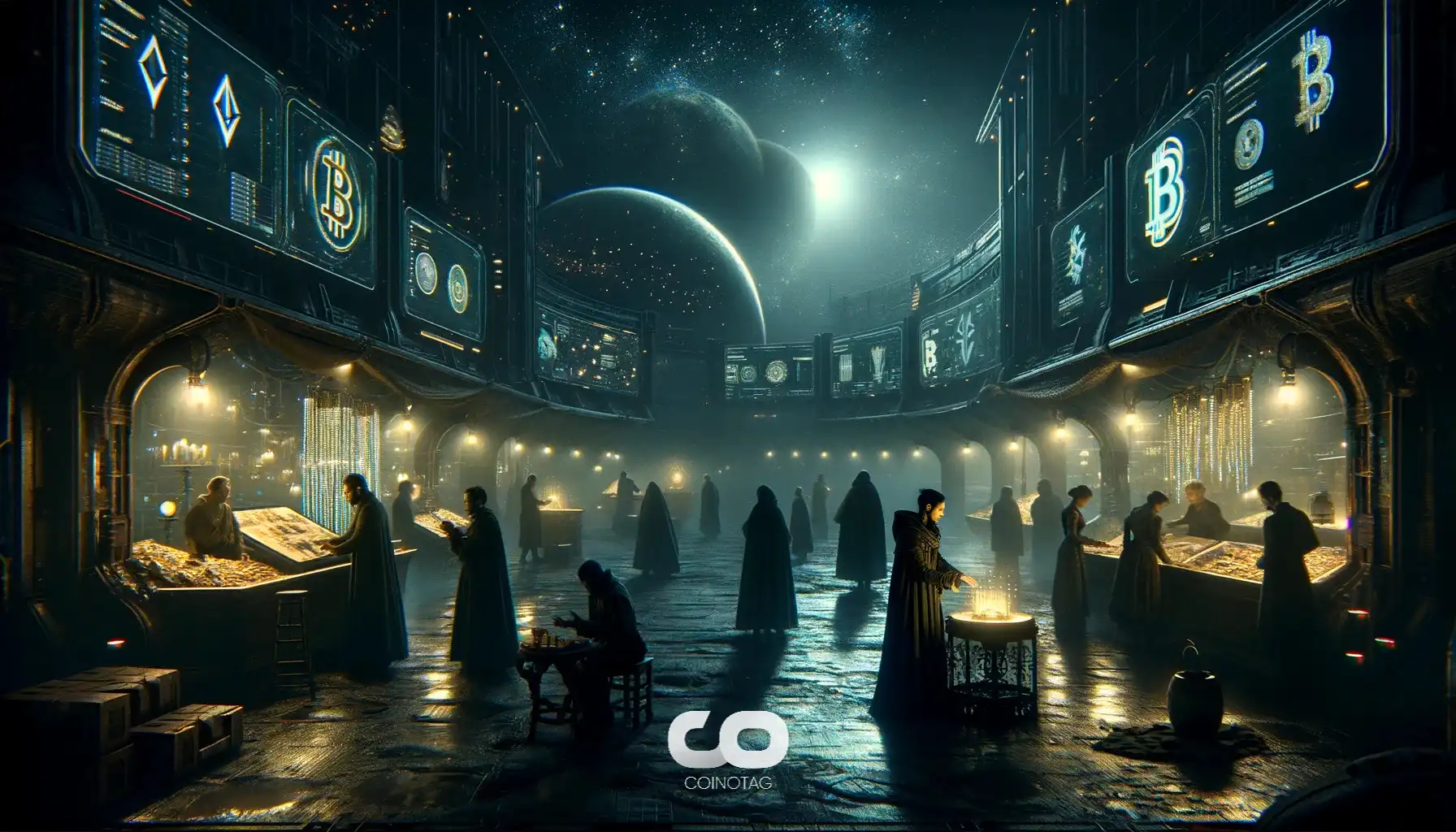Independent energy experts largely – although not universally – agree with an economic analysis that finds renewable energy, with storage, to be the cheapest energy option for Australia’s future.
A draft of the 2024-2025 GenCost report, which is published each year by CSIRO and the Australian Energy Market Operator (AEMO), was released today.
The draft report, which is open for public consultation until February 2025, has found renewables to be cheapest for the 7th year in a row.
This is despite several changes to the report’s analysis of nuclear power, after criticism that last year’s report sold the technology too short.
“Size matters when discussing the economics of nuclear and renewable energy generation,” says Dr Thomas Longden, a senior research fellow at Western Sydney University’s Urban Transformations Centre.
“A critical issue is the comparison of a technology that needs to be built at large scale and will have large upfront construction costs, with a technology that is modular and can be built at different sizes. For example, in the case of roof-top solar, individual households get to choose the size of their system.”
Longden says that the changing grid favours flexible technology, like solar.
“For nuclear to achieve the lowest levelized cost of electricity, it needs to be built big and operate all the time and for a long time,” he says.
“Yet, the bigger it gets; the more upfront cost needs to be paid. And if it isn’t used as often or as long as expected, then it gets more costly.”
The GenCost report estimates that solar power is the cheapest option for building new electricity generators – even accounting for the cost of battery storage.
Solar photovoltaics have dropped in price by 8% over the last year, while batteries have dropped by 20%.
Wind, gas turbines, and coal have all risen in price, by 2%, 11% and 4%, respectively.
“In my opinion, the findings of the GenCost 2024-25 report are a clear indication of the transformative role renewables continue to play in Australia’s energy transition,” says Professor Mehdi Seyedmahmoudian, a discipline director from Swinburne University’s school of science computing and engineering technologies.
“The report also addresses nuclear power, noting its long operational life but highlighting its extended development timelines and integration challenges, which limit its viability for near-term needs.
“In my opinion, a more immediate and effective solution lies in community microgrids and peer-to-peer energy sharing.”
Professor Stefan Trueck, director of the Transforming Energy Markets Research Centre at Macquarie University, says that the report likely underestimates the cost of onshore wind energy.
“Over the last three years, the capital cost of wind projects has risen by nearly 50% driven by supply chain constraints, rising material costs, labour costs, and inflationary pressures. The report appears to rely on outdated assumptions, ignoring these recent developments,” says Trueck.
The GenCost report finds that solar photovoltaics and battery storage has “weathered the inflationary period the best of all technologies”.
“In addition to the capital cost and the operating cost, these options have a cost associated with decision making and obtaining social and political support,” points out Associate Professor Nader Naderpajouh, from the University of Sydney’s faculty of engineering.
“These costs significantly impact the project initiation and approval stages, and continue to be a major part of the decision on the operation and decommissioning of the options.
“There is a need to ensure decisions for selection of the options are made considering the social and technical systems and their interaction, that is, how communities, organisations and businesses are interacting with their infrastructure systems.”
Professor Ian Lowe, an emeritus professor of science at Griffith University, calls the report’s assumptions about nuclear power “extremely generous”.
“The optimistic lifetime of 60 years is assumed, even though no nuclear power station has ever continued to perform for that long, so the costs of extending the operating life that far are not known,” he says, adding that assumptions about capacity factor and construction time are also optimistic in the Australian context.
“Overall, the study confirms the view of the electricity industry that solar and wind with storage are much cheaper than any nuclear power station would generate,” says Lowe.
“The world investment figures for new capacity reflect that conclusion, with literally about a hundred times as much new renewables investment as new nuclear power this year.”










Leave a Comment